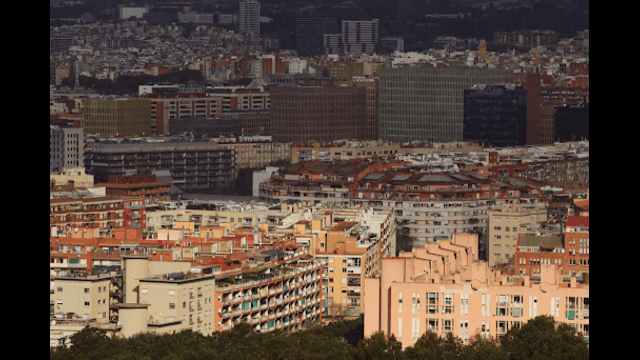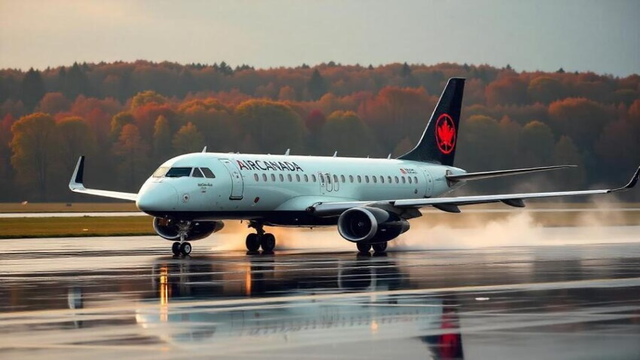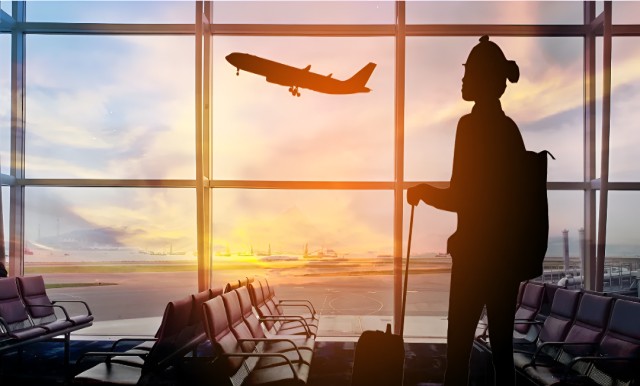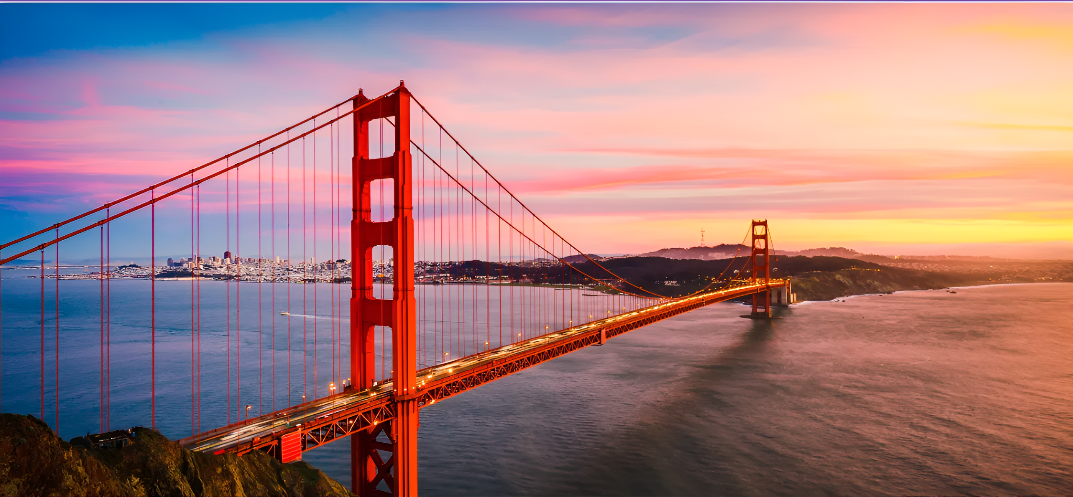
Prime Minister Justin Trudeau speaks as he meets with Alberta Premier Danielle Smith (not shown) in Calgary on Wednesday, March 13, 2024. (Todd Korol/Canadian Press)
Amid calls from various provincial leaders to halt the carbon price increase, Canada prepares for the upcoming hike on April 1. Despite concerns raised by some premiers, the government emphasizes the significance of the pricing scheme in reducing emissions and highlights its benefits to most households through rebates.
The carbon price increase scheduled for April 1 has sparked controversy, with several premiers advocating for a pause in light of affordability concerns. However, the federal government stands firm on its commitment to implementing the pricing scheme as part of its efforts to combat climate change.
Hadrian Mertins-Kirkwood, a senior researcher with the Canadian Centre for Policy Alternatives, describes the carbon price as a crucial policy of Prime Minister Justin Trudeau's minority Liberal government. He explains that the primary goal of imposing a price on pollution is to incentivize individuals and businesses to reduce their reliance on fossil fuels, thereby lowering overall emissions.
Annual increases in the carbon price are integral to the government's overarching pricing strategy, with plans for continued hikes until at least 2030. While provinces and territories have the option to adopt their own carbon pricing systems, those that do not meet the minimum national standards are subject to the federal pricing system.
Currently, British Columbia, Quebec, and the Northwest Territories are the only regions with their own carbon pricing mechanisms in place. For the rest of Canada, the carbon price increase will be most noticeable at gas stations and on energy bills, particularly in provinces and territories where the federal backstop plan applies.
Despite concerns about the potential impact on household affordability, experts suggest that the effects of the carbon price increase may be overstated. While consumers may see slight increases in energy costs, the overall impact on household budgets is relatively minor compared to other factors such as fluctuating oil prices and corporate profitability.
In addition to direct effects on energy prices, there may be indirect impacts on other goods and services, such as transportation costs that can influence food prices. However, recent data from Statistics Canada indicates that overall inflation has been cooling, with food inflation at grocery stores showing signs of stabilization.
Several provincial leaders, including Newfoundland and Labrador Premier Andrew Furey and Ontario Premier Doug Ford, have called for a pause in the carbon price increase, citing concerns about its affordability. Premier Furey emphasized the need to address the financial strain faced by families, urging the federal government to reconsider the timing of the hike.
However, Prime Minister Trudeau has defended the carbon pricing policy, asserting that it serves to both incentivize emissions reductions and protect vulnerable households from bearing the brunt of environmental costs. Despite opposition from some provincial leaders and the federal Conservative Party, the government remains committed to its climate action agenda.
As the April 1 deadline approaches, Canadians await the implementation of the carbon price increase, which will see the price rise to $80 per tonne. While concerns about affordability persist, the government maintains that the benefits of carbon pricing, including rebates for most households, outweigh the potential drawbacks.















